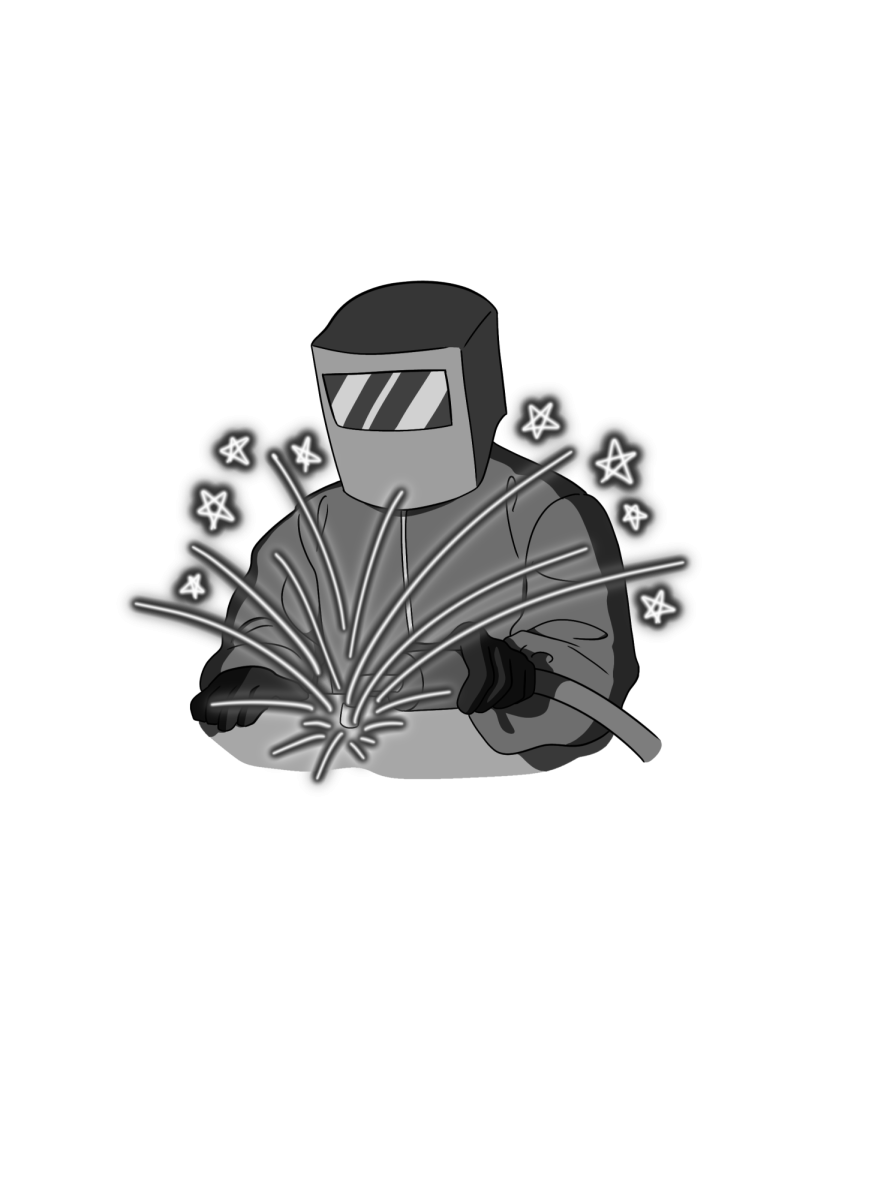The concept of SAS is incredibly important yet many students feel like the time could be structured more productively. Students need time to do homework, study, retake a test, get help from a teacher, and more. This time is used to balance academic workload with anything else they may have going on throughout the day. A time set aside for homework is beneficial but it should be done differently.
Students want to be able to have flexibility and more choices during SAS. We see students all the time leaving their class and going to the library or the commons to do homework with their friends. When students feel more comfortable in a chosen classroom, the library, or commons they are going to make a better use of their time.
Students don’t have any say about which SAS class they are put into. With any other class, students get a general idea of what their schedules will look like. A student may need some extra help in a specific subject and it would be more useful for them to be in a SAS where a teacher is available to answer questions about the subject. The staff can’t force students to do their homework during SAS, but some changes can make it much easier to get work done.
Another issue is that the importance of SAS is very unclear. Students receive mixed signals. Teachers emphasize how SAS is a great time to get work done. Yet, when there is an altered schedule, like on days when there is an assembly, SAS gets taken away which sends the message that SAS isn’t always that important. During the SAS period, there isn’t any new information being taught but attendance is still taken just like any other class. Additionally, running start students don’t have a SAS class, making it seem optional for upperclassmen.
Furthermore, the SAS pass system doesn’t work well. Students might need to talk to multiple teachers during a SAS period but are only allowed to stay in one class. Occasionally, students want to work with a group of people on the same assignment, but it’s a lot of work for every single person working on a project to get a pass. Another issue with this system is that sometimes while studying during SAS a question may arise but students aren’t allowed to leave in the middle of SAS to ask the teacher because you have to stay in SAS once it starts. Different teachers are also more lenient or may have different standards for using SAS passes which can be unfair. Sometimes it can be a hassle to go to a teacher and ask for a SAS pass, then go to your normal class to get the pass signed, and then return to the class you need help with. Cutting out some of the red tape would make the use of the time more effective.
Upperclassmen, getting ready to launch into higher education, gap years, and adulthood need practice in managing their schedules and time. I suggest that the structure of SAS could be altered to allow for flexibility for upperclassmen. Having the time available to students to check in with teachers, catch up on homework, or do test revisions or retakes is vital but let them manage their own time. This is not an unrealistic plan as many other schools in the area have a more flexible schedule.
The structure of SAS should be adjusted so that students can feel more comfortable in their environment, get more work done, and have the ability to receive the help they need in any class. Having a set time during school to do homework is necessary for academic success but there are better ways to utilize the time between the first two class periods.






